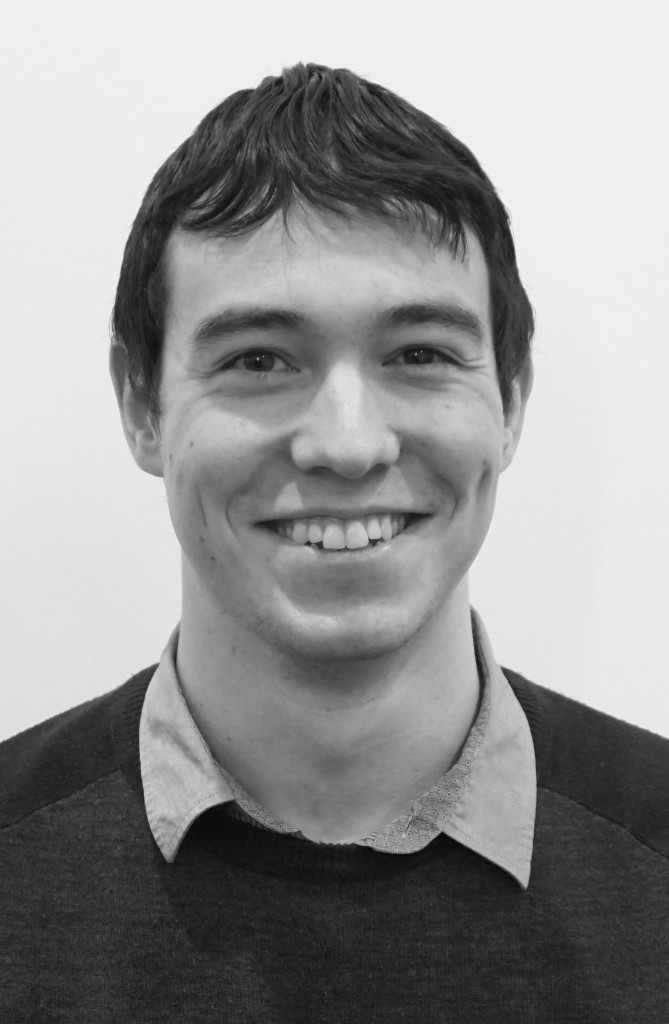Spotlight on: Glen Martin
Posted on January 11, 2018

Generally, gaining a PhD consists of submitting a thesis comprised of a body of original research, which is then defended by the student in a viva with two examiners. After coming to the end of this process, I can reflect that my PhD experience was largely positive, albeit with several challenges along the way.
Initially, the idea of my PhD was to analyse two different datasets, each linked together at a patient-level. The first dataset is collected as part of national auditing across the UK of a heart valve procedure called Transcatheter Aortic Valve Implantation (TAVI), meaning it is a rich resource in which to investigate many avenues of health research. The second dataset was planned to be hospital episodes statistics (HES) data, which records details of any hospital admissions.
However, getting access to data is notoriously difficult, and this was no exception. It became apparent early in my PhD that the HES data would not become available due to issues with the data linkage. While this was disappointing, a new plan was formed where I would focus exclusively on the TAVI dataset. Specifically, the modified goal was to use this data to identify groups of patients who might be high-risk of mortality following the procedure. Successful outcomes from this would then allow the identification of high-risk patients prior to undergoing TAVI, thereby aiding clinical decision-making.
To achieve this goal, both clinical and statistical research was needed in this area. Hence, most of my time over the PhD was spent performing appropriate analyses, each of which formed a chapter of the final thesis. Thankfully, this meant I could essentially sandwich the chapters between a general introduction and general discussion, the so-called ‘Journal Format’ thesis presentation, which significantly reduced the write-up time as compared with the traditional presentation.
After submitting my thesis, it was time to prepare for the viva. My viva experience is largely representative of most PhD vivas: a two to three hour interview with two experts in the field, from which the result of the PhD is recommended to the University. On 2nd October 2017, it was my turn to undergo this seemingly nerve-racking experience. Most of my peers had all given similar themes of advice. “It’s just like a chat,” and “You know your work in detail, so just try to enjoy it as much as possible.” Well, in my case, they were right. My two hour viva was indeed a pleasant experience – it was a chat about my work, with two experts. This is worth emphasising: a discussion with two busy people who had devoted time and effort to read my work. It is a rare opportunity and one that, on reflection, was quite enjoyable.
Making the minor corrections recommended by the examiners, and having them approved by the University, meant that I would have to clarify to family and friends that, “No, I’m not that kind of doctor…”
